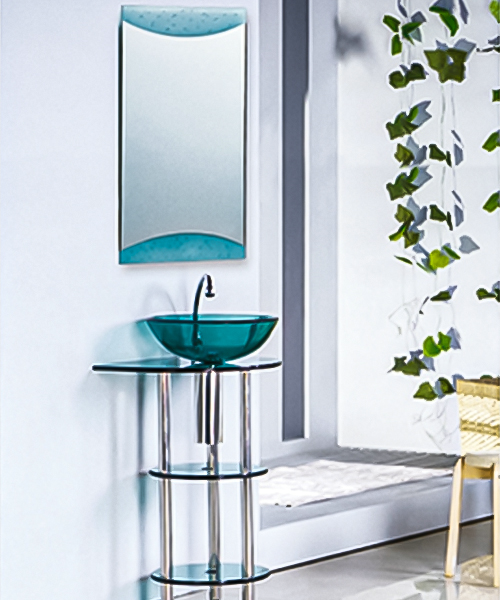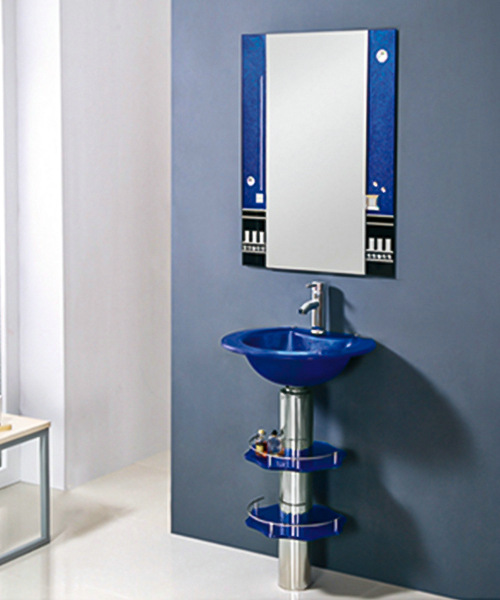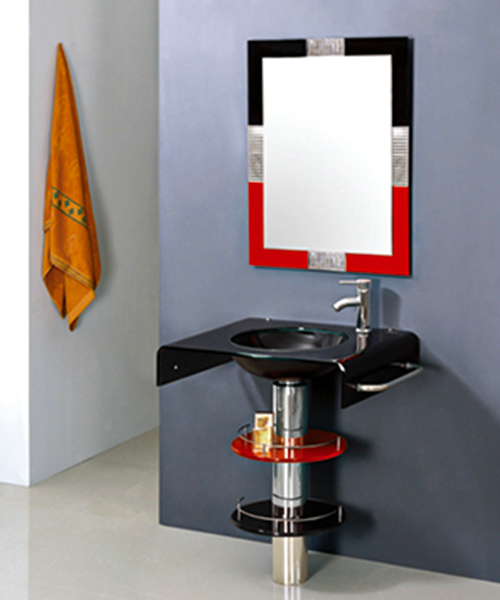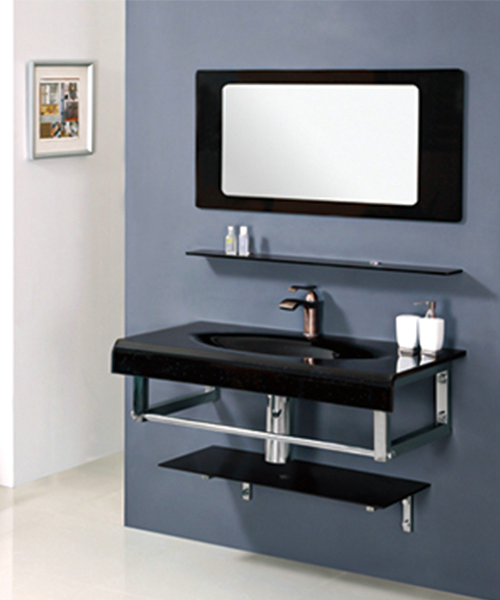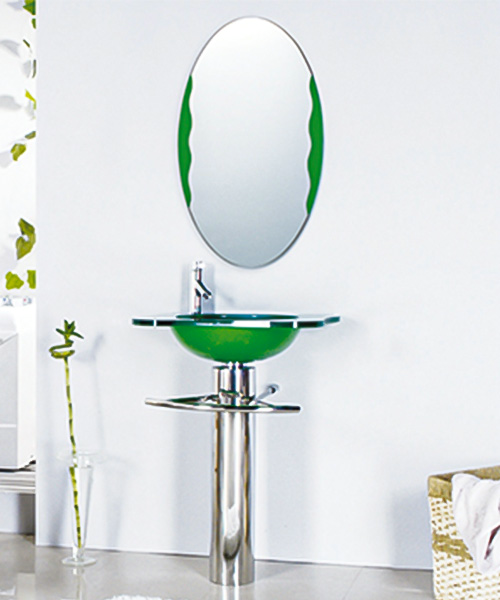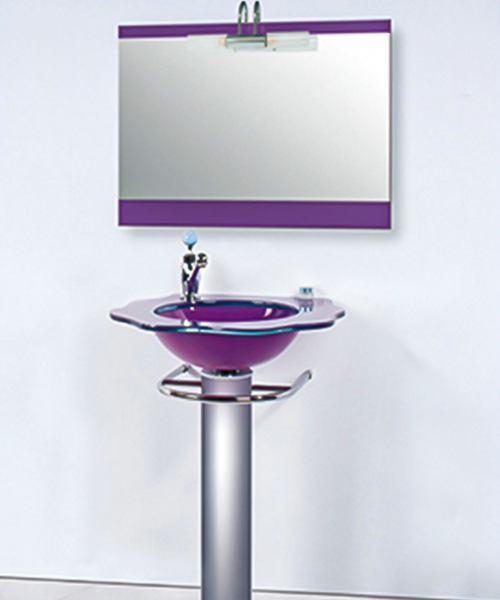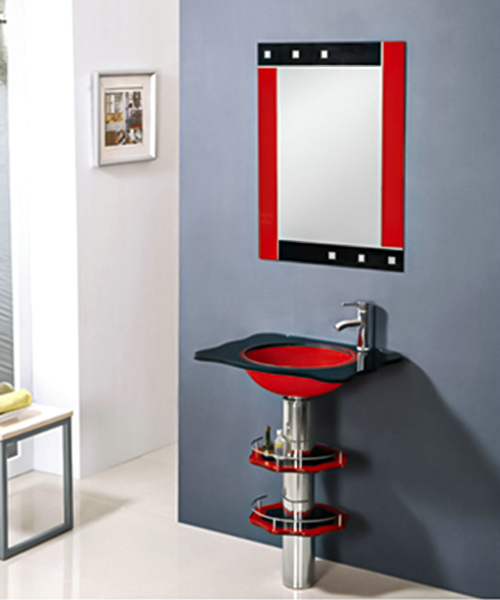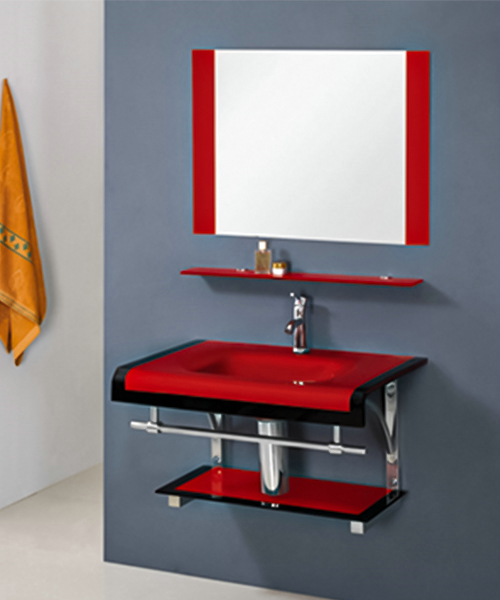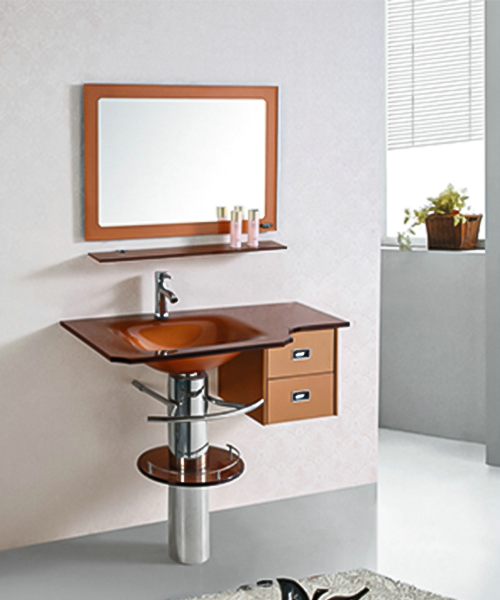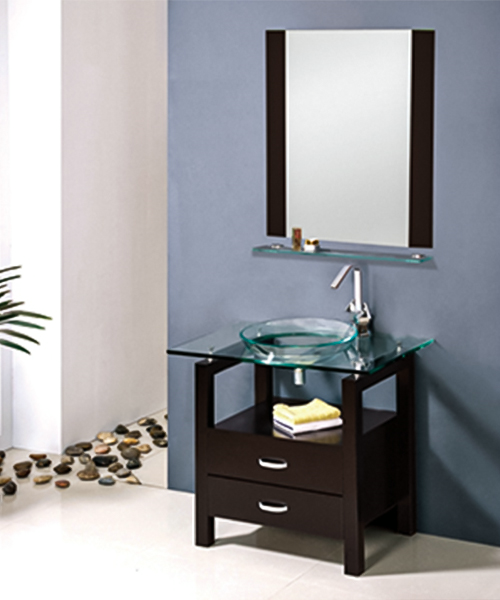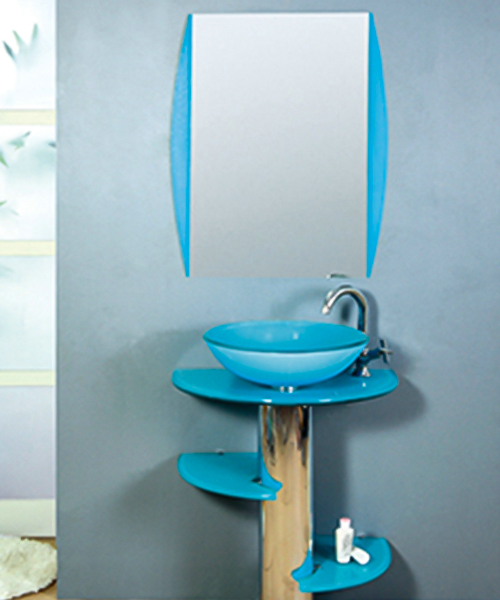Dans une époque dominée par une conception futuriste élégante et un minimalisme numérique, la résurgence de miroirs de décalcomanie simple traditionnelle Dans les intérieurs contemporains, les intérieurs peuvent sembler paradoxaux. These unassuming pieces—often adorned with delicate floral motifs, geometric borders, or hand-painted vignettes—have quietly carved a niche in modern homes, becoming a symbol of how nostalgia and practicality can harmonize in unexpected ways. Their rise speaks to a broader cultural shift: a longing for authenticity, a rejection of disposable trends, and a desire to infuse living spaces with both history and versatility.
L'attrait des miroirs de décalcomanie traditionnels réside dans leur capacité à chevaucher l'esthétique contrastée. Le design moderne, en mettant l'accent sur les lignes épurées et les espaces épurés, risque la stérilité lorsqu'il est dépouillé de la personnalité. Ici, les miroirs de décalcomanie agissent comme des médiateurs, introduisant une texture et un récit subtiles sans submerger l'œil. A mirror framed by a faintly etched vine pattern or a gilded Art Nouveau-inspired border becomes more than a functional object—it becomes a whisper of the past, a nod to craftsmanship that contrasts yet complements the sharp angles of a modular sofa or the cold sheen of stainless steel appliances. Cette interaction crée une tension qui se sent vivante, invitant le spectateur à s'attarder.
Mais leur pertinence n'est pas simplement esthétique. In an age of shrinking urban dwellings, these mirrors answer a pragmatic need. Their reflective surfaces amplify light and create illusions of depth, transforming cramped apartments into airy sanctuaries. Contrairement aux miroirs volumineux et ornés qui dominent une pièce, la simplicité des conceptions de décalcomanies garantit qu'elles s'améliorent plutôt que de rivaliser avec des espaces limités. A small decal mirror in a studio apartment’s entryway, for example, can serve as both a functional check-point and a decorative accent, its understated elegance avoiding the visual noise of larger statement pieces.
L'économie et la durabilité alimentent encore leur popularité. As homeowners gravitate toward “slow decor”—a movement prioritizing quality and longevity over fast fashion—decal mirrors offer a canvas for creativity without excess. Les cadres d'épreuves peuvent être revitalisés avec des décalcomanies amovibles, permettant aux locataires de personnaliser les espaces sans modifications permanentes. DIY enthusiasts embrace the craft, blending modern materials like acrylic decals with reclaimed wood or vintage frames sourced from flea markets. This ethos of reuse aligns with a growing disdain for mass-produced, cookie-cutter decor, positioning decal mirrors as both eco-conscious and deeply personal.
Les courants culturels jouent également un rôle. The revival of artisanal techniques—hand-painted details, etched glass, and gilding—has reignited appreciation for traditional craftsmanship, albeit reimagined for contemporary tastes. Les marques et les artisans indépendants fusionnent désormais des méthodes patrimoniales avec des formes minimalistes, créant des pièces qui se sentent à la fois intemporelles et du moment. A decal mirror with a Japanese kintsugi-inspired repair, for instance, might hang in a loft adorned with mid-century furniture, its cracks filled with gold leaf symbolizing resilience and beauty in imperfection. Such designs resonate with a society increasingly drawn to storytelling through objects, where even a mirror becomes a vessel for cultural memory.
Social media, too, has amplified their allure. Platforms like Instagram and Pinterest thrive on visually cohesive yet relatable interiors, and decal mirrors—photogenic yet unpretentious—fit seamlessly into this aesthetic. Styled with trailing pothos plants, layered alongside abstract art, or catching the golden hour light, they become focal points that invite engagement. Their simplicity allows them to adapt to ever-shifting trends, from “cottagecore” to “dark academia,” proving that traditional designs can morph to suit modern narratives.
Peut-être que leur attrait le plus profond est psychologique. Dans un monde saturé d'écrans et de matériaux synthétiques, les miroirs de décalcomanie traditionnels offrent une connexion tactile à l'analogue. The faint imperfections of hand-applied decals or the patina of an aged frame evoke a sense of warmth and humanity, countering the cold precision of smart homes and digital interfaces. They remind us of slower, more deliberate ways of living—a reflection, quite literally, of our desire to see ourselves and our spaces as layered, evolving, and rooted in stories.

